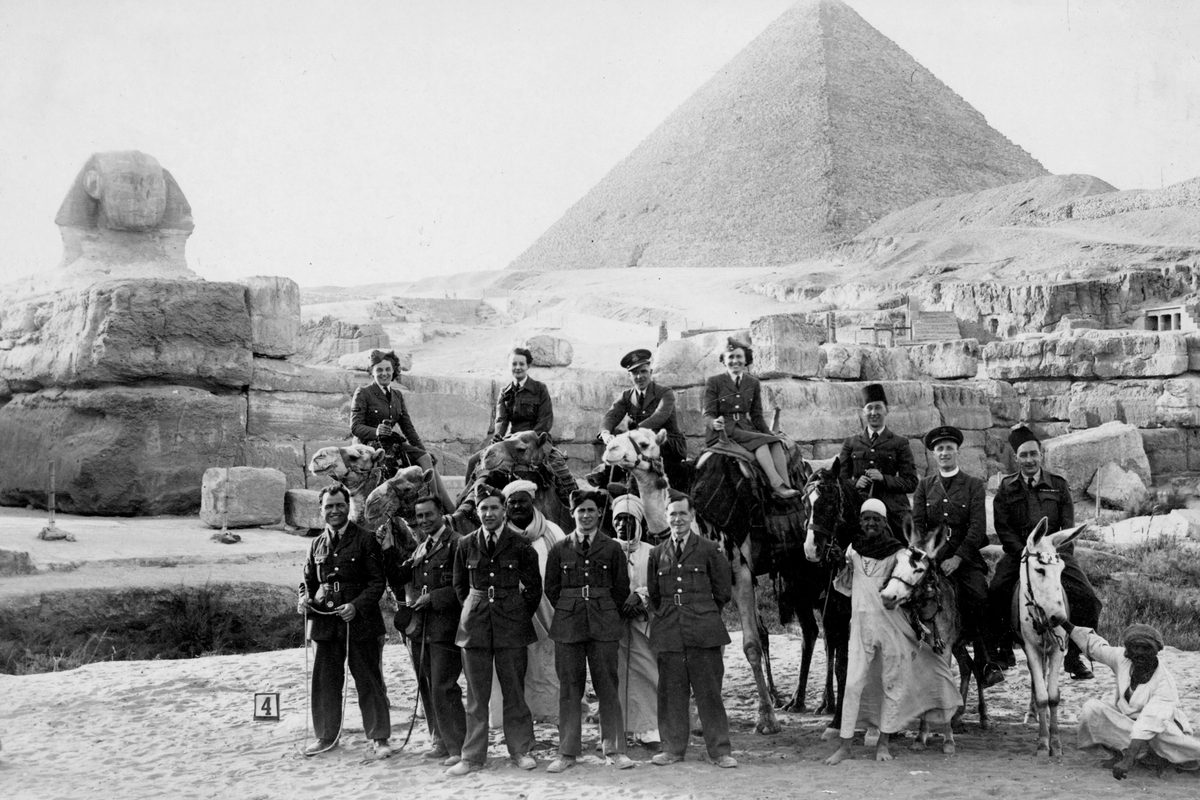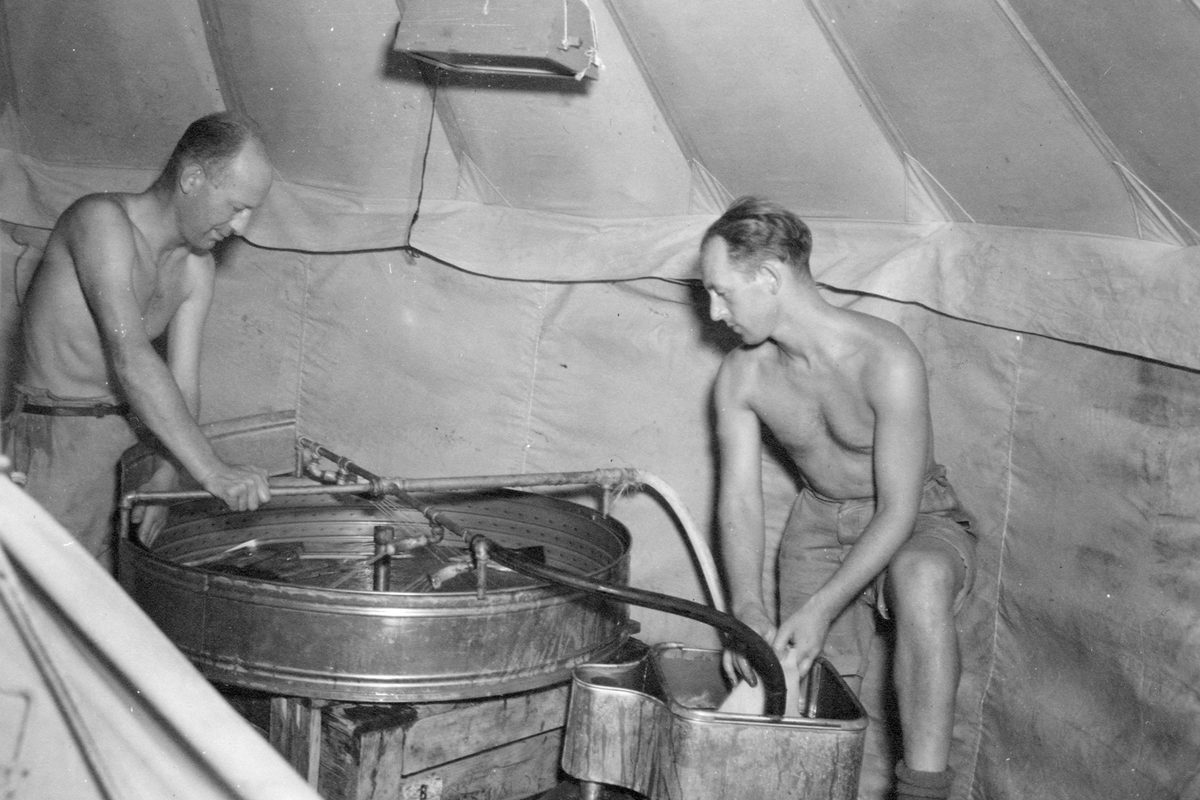NCAP at 100: Preserving the Past, Shaping the Future

As NCAP’s vast aerial imagery collections approach their centennial this month, we celebrate our legacy while focusing on an exciting future. Our mission: ensuring that these invaluable historic aerial photographs, which chronicle nearly a century of global change, remain accessible and preserved for the next 100 years and beyond.
Early photographic material, especially early plastic-based films, face significant preservation challenges. With a natural lifespan of roughly 80 years, many of these materials are now degrading. Around the world, archives grapple with how to preserve these fragile records, and at NCAP, we are meeting this challenge head-on.
Our preservation and digitisation teams are working tirelessly to stay ahead of this natural decay, ensuring that these images—essential to sectors like bomb disposal and climate change research—are secured for the future.

Three years ago, we made a significant leap forward by moving into a new facility that allowed us to accelerate our digitisation and cataloguing efforts. This opened up unprecedented access to our collections.
Just last month, we launched the Air Photo Finder, a ground-breaking tool that enhances image discovery, making it faster and more intuitive for users to explore our holdings. Soon, we will have nearly a million images online, available for researchers, historians, and the public from around the globe.

Despite already holding 30 million images, our collections continue to grow. As subject specialists in the field of historic aerial photography, NCAP has been designated a Place of Deposit (POD) of The National Archives for UK government military-declassified and released aerial imagery. NCAP plays a pivotal role in safeguarding and managing these collections.
We often collaborate with other institutions to share our expertise in archiving, digitisation, and access strategies. We are also a home for other analogue and digital archives whose primary use has passed. Each new acquisition adds to the importance of our long-term preservation and access strategy.

In the past year, we’ve taken further steps to position ourselves for the future by forming a new Geospatial Data Management team. This group is responsible for managing the vast amount of data produced by our digitisation efforts, including geo-locating tens of thousands of images every week. They play a vital role in making these images publicly accessible, ensuring that the digital collections are securely stored in accordance with the highest preservation standards.

As we look to the next century, our focus remains clear: preserving the past 100 years of aerial photography while embracing the future. From born-digital collections to the expedited digitisation of our vast archives, NCAP is dedicated to ensuring that future generations can continue to learn from these important images. We’re proud of how far we’ve come, and we’re excited about where we’re going.
Rachel Nordstrom, NCAP Operations Manager


